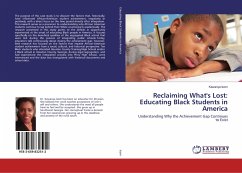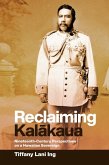The purpose of this case study is to discover the factors that, historically, have influenced African-American student achievement, negatively or positively, with a direct focus on the time period directly after integration. This research serves as a precursor to understanding why African American students continue to lag behind their White counterparts academically. The research presented in this study points to the deficits in opportunity experienced at the onset of educating Black people in America. It focuses specifically on the beneficial qualities of the segregated Black school that were lost during the process of integrating public schools. Today, educators talk continuously about closing the achievement gap; however, little research has focused on the factors that impede African-American student achievement from a social, cultural, and historical perspective. Ten Black students who attended Houston County Training/High School and/or a Black school in Houston County, Georgia, during legal segregation, and had experienced the integration process into Perry High School, were interviewed and the data was triangulated with historical documents and school data.








